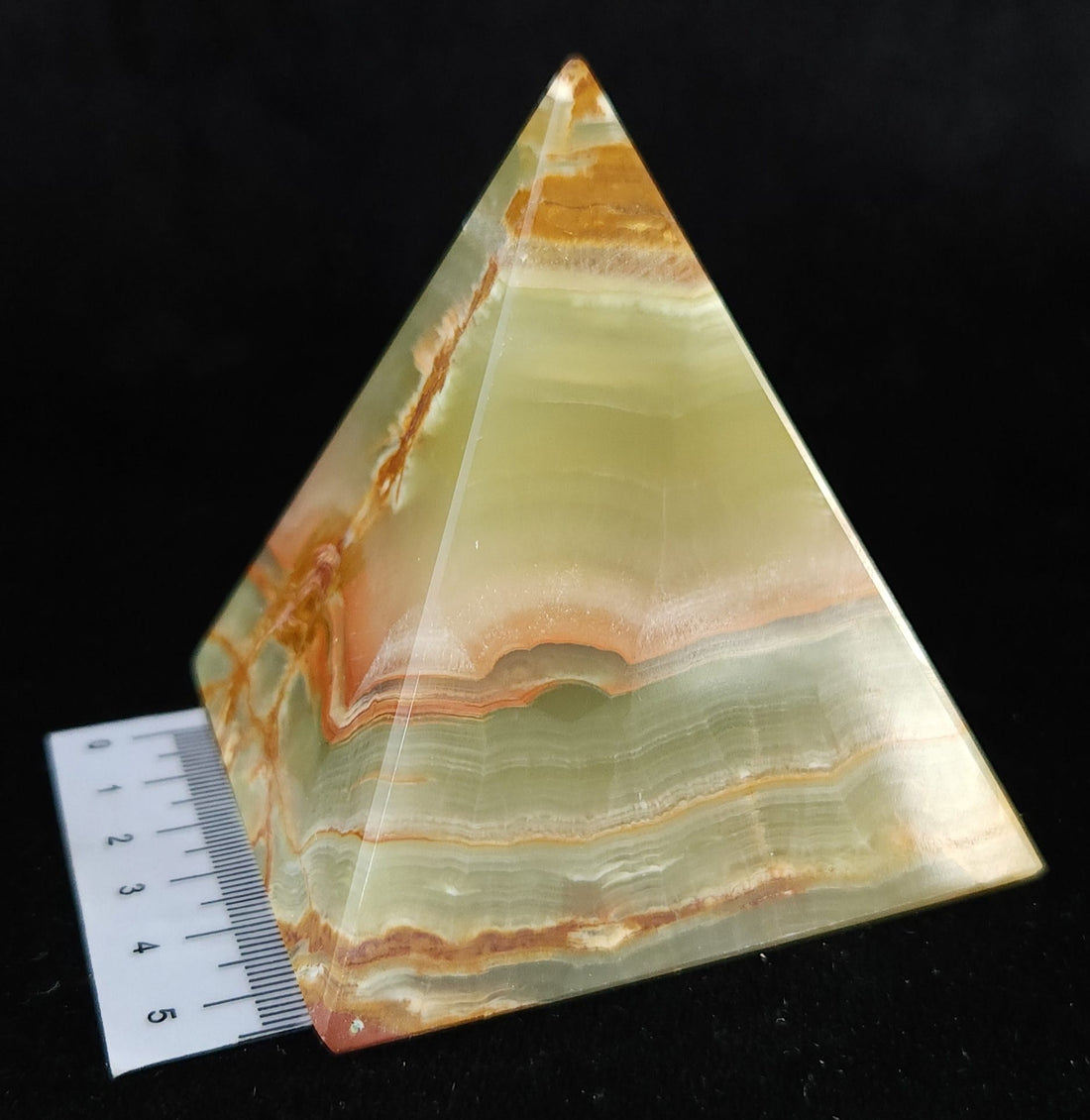
The Elegance Of Green Travertine From Pakistan
Share
Green Pakistan Travertine, also known as Green Onyx, is an exquisite natural stone that embodies elegance and geological wonder. Quarried in Pakistan, particularly in the region of Balochistan, this stone is renowned for its distinctive green hue, which ranges from soft pastel shades to deeper, more intense variations. The green color evokes the beauty of nature, reminiscent of lush forests and vibrant spring foliage.
Shop Green Pakistan Travertine / Green Onyx
Geological Process
The formation of Green Pakistan Travertine is a fascinating geological process. It occurs through the precipitation of carbonate minerals from mineral-rich groundwater, typically around hot springs or in limestone caves. The primary mineral in travertine is calcite, which lends the stone its ability to take a high polish, contributing to its popularity in decorative and architectural applications.
Historically, travertine has been a material of choice for construction and art, dating back to ancient civilizations. The Romans, for instance, utilized it extensively in their architecture, with the Colosseum and Roman Forum being prime examples of its use due to the stone’s uniform color and ease of carving.
In modern times, Green Pakistan Travertine continues to be a sought-after material for a variety of design projects. Its versatility makes it suitable for flooring, countertops, wall cladding, and other decorative elements. Its timeless appearance allows it to fit seamlessly into various design aesthetics, from classic to contemporary.
Specific to the Green Pakistan Travertine is its layered structure, which showcases a beautiful interplay of colors with patterns ranging from white to brown, where the green and brown parts consist of calcite. This Onyx Marble, as it’s also known, is used as an ornamental stone, valued for its aesthetic appeal.
The geochemical characteristics of Green Pakistan Travertine reveal its connection to the volcanic activity in the region. The Sr isotopic compositions align with those of dacites from the Koh-e-Sultan, indicating that the travertine likely formed from hot springs related to this volcanic activity. U-Pb dating suggests an age of approximately 2.4 million years, with high uranium contents and low thorium contents, further attesting to its volcanic origin.
Green Pakistan Travertine stands as a testament to the dynamic geological processes that shape our planet. Its rich history in enhancing human architecture and art, along with its unique beauty, continues to make it a valuable resource for both natural and human-made structures.
Shop Green Pakistan Travertine / Green Onyx
Green Pakistan Travertine or Green Onyx?
The term “Green Onyx” is often used to refer to Green Pakistan Travertine, but this is a misnomer. Here’s why:
- Geological Composition: True onyx is a variety of chalcedony, which is a form of quartz. However, what is marketed as “Green Onyx” from Pakistan is actually a type of travertine, a form of limestone deposited by mineral springs.
- Appearance: The material known as “Green Onyx” has a light green color with lighter veins, which can resemble the banded appearance of true onyx. This resemblance may contribute to the naming confusion.
- Translucency: Both onyx and the so-called “Green Onyx” are translucent materials that allow light to pass through, creating a visual effect that is prized in decorative stones.
- Commercial Naming: Various types of this green stone have different commercial names based on the extraction quarry or retailer, which can lead to the use of the term “onyx” for marketing purposes.
In summary, while “Green Onyx” from Pakistan is not true onyx, it is called so because of its onyx-like appearance and translucency. The name is more of a trade term reflecting its aesthetic qualities rather than its mineralogical composition.
Shop Green Pakistan Travertine / Green Onyx
References:
- prestigeedition.co.uk
- dedalostone.com
- m-nsc.com